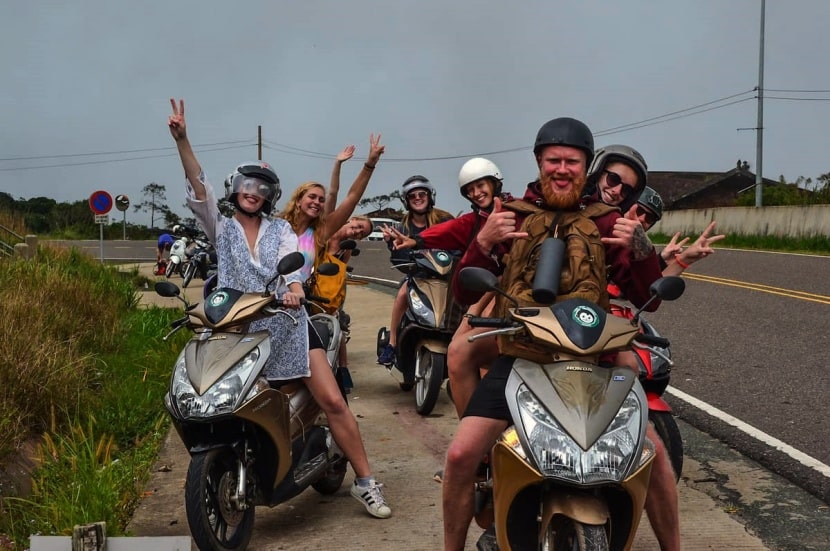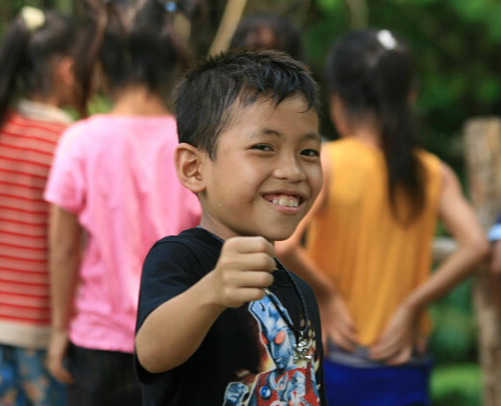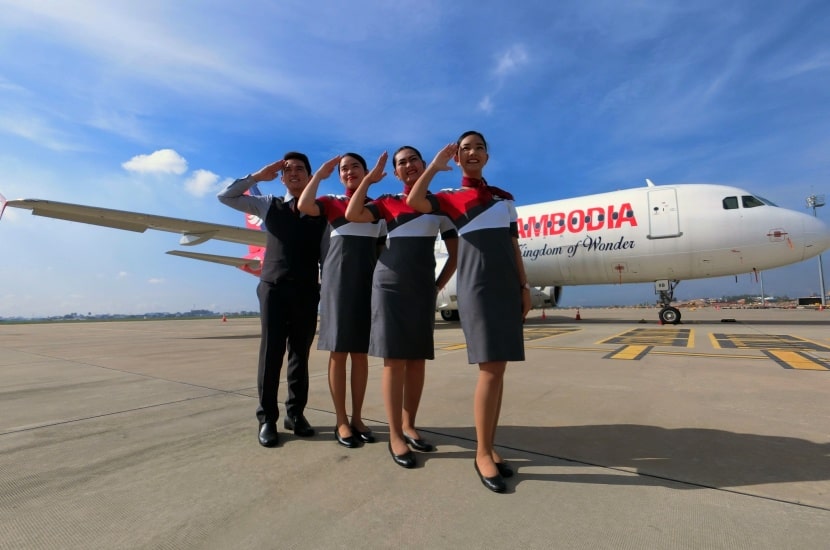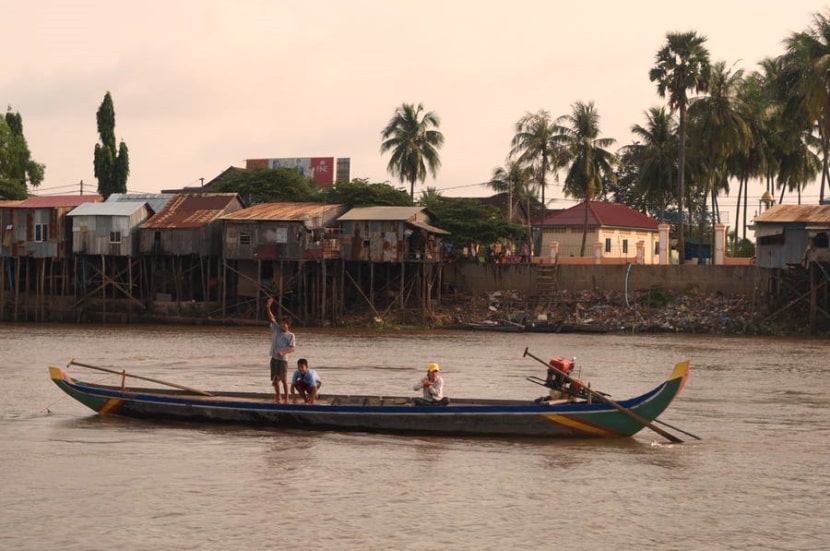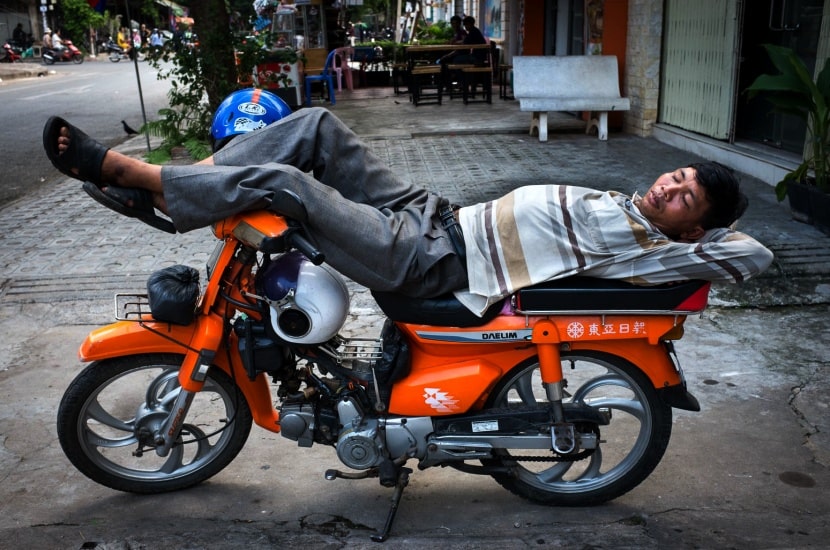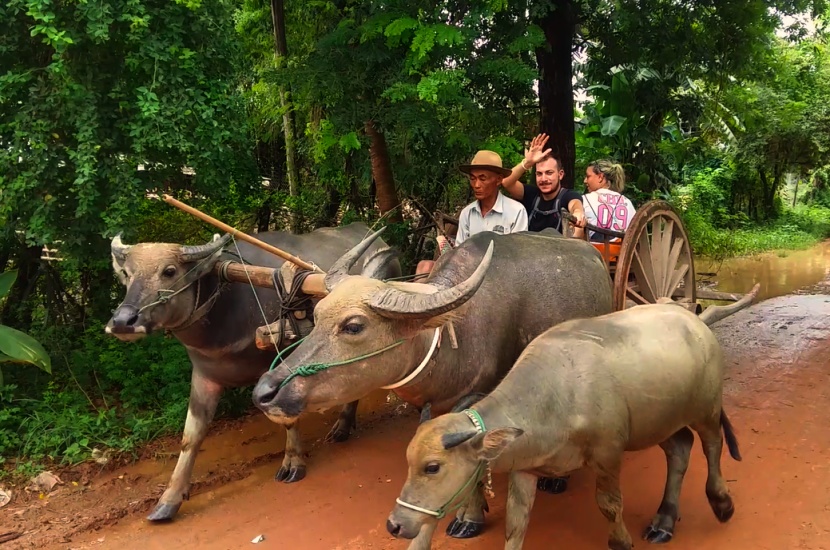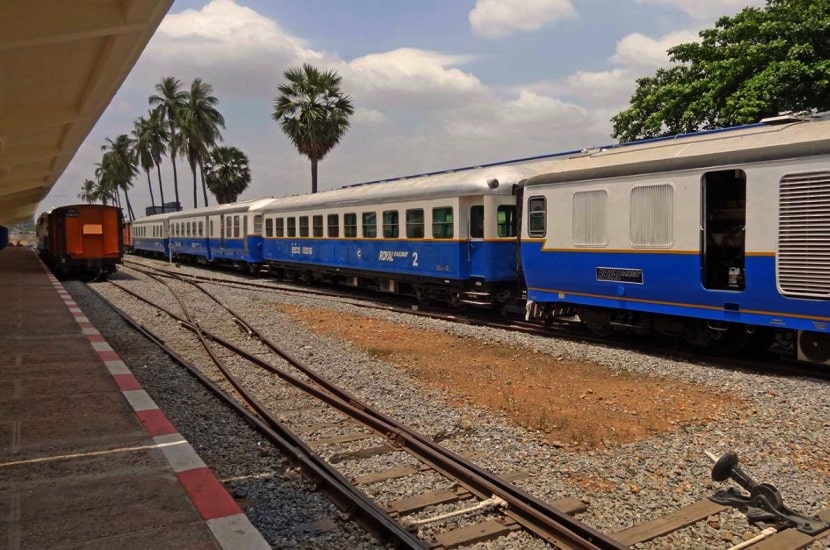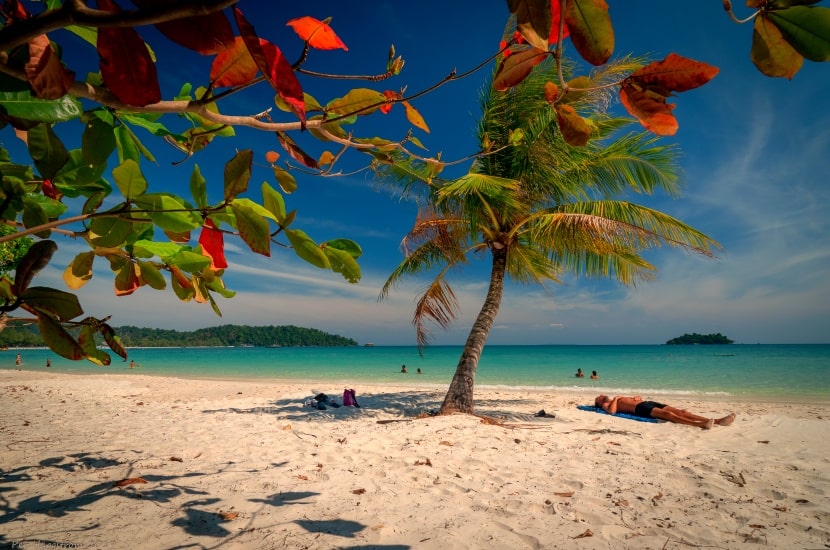Car and motorcycle rental are comparatively cheap in Cambodia and many visitors rent a car or bike for greater flexibility to visit out-of-the-way places and to stop when they choose. Almost all car rental in Cambodia includes a driver, although self-drive rentals are also available in Phnom Penh.
Car
It’s virtually impossible to rent a self-drive car in Cambodia, and even if you do, driving yourself entails numerous headaches. Problems include finding appropriate documentation (your driving licence from home may or may not be considered sufficient – some companies will ask for a Cambodian driving licence, for which you’ll need to take a driving test) haphazard driving by other road users; and insufficient insurance – any loss or damage to the vehicle is your responsibility.
The lack of designated car parks is another real problem. Whenever you park you should get someone to look after the vehicle; in town you’ll usually find a parking attendant near markets and restaurants who will keep an eye on the vehicle for 1000 riel. It’s normal to park as directed and leave the handbrake disengaged so that the car can be pushed out of the way to let other cars in or out. To prevent theft and damage when leaving the vehicle overnight, you’ll need to look for a hotel with parking or find a local with off-road space where they’ll let you park for a few dollars. Given all this, it’s far less hassle, and probably cheaper, to hire a car and driver (see City taxis).
Motorcycle
You can rent an off-road 250cc bike from a number of companies, particularly in Phnom Penh, although you’ll have to leave your passport as security. Check the condition of the bike before heading off on a long trip – if it breaks down, it’s your responsibility to get it repaired or returned to the owner. Away from the main highways take advice on local road conditions, as often even relatively short distances can take a long time. Motorcycle helmets are compulsory (for the driver only) and you risk being stopped by the police and issued with a spot fine ($5) if you’re not wearing one. Note that road checks are particularly prevalent just before holidays and the weekend.
Motorbike theft, in Sihanoukville and the south in particular, is a real issue. The bike’s security is your responsibility, so look to rent from a company that provides installed wheel locks and always make sure you leave it somewhere secure when you stop – at night guesthouses will often bring it inside for you.
Foreigners cannot rent motorbikes in Siem Reap. Originally safety was given as the reason for the ban, but it’s more likely to be a protectionist move to keep the moto “mafias” in business. In other towns it’s easiest to use the 110cc run-arounds available for rent from guesthouses and hire shops; rates are around $5–8 per day.
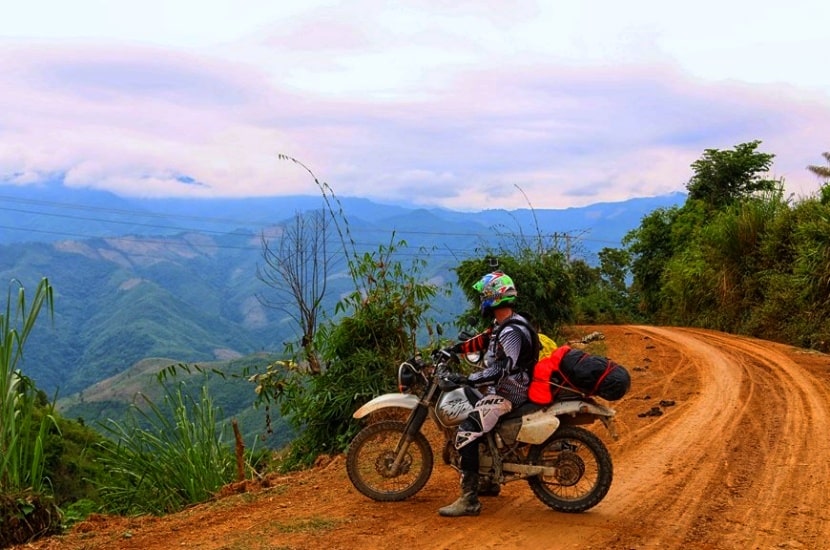
Things to notice
Road Safety
Many more people are now killed and injured each month in traffic accidents than by landmines. While this is partly down to landmine awareness efforts and ongoing clearance programs, it is also due to a huge increase in the number of vehicles on the roads and drivers travelling at dangerous speeds. Be extremely vigilant when travelling under your own steam and take care crossing the roads on the high-speed national highways. It's best not to travel on the roads at night due to a higher prevalence of accidents at this time. This especially applies to bikers, as several foreigners are killed each year in motorbike accidents.
Cambodia has some of the best roads (read worst roads) in the world for dirt biking, particularly in the provinces of Preah Vihear, Mondulkiri, Ratanakiri and the Cardamom Mountains. Only experienced off-road bikers should take to these roads with a dirt bike. There are several specialized dirt-bike touring companies in Cambodia.
Novice riders should stick to riding smaller semi-automatic mopeds. Drive with due care and attention, as medical facilities and ambulances are less than adequate beyond Phnom Penh, Siem Reap and Battambang. If you have never ridden a motorcycle before, Cambodia is not the ideal place to start, but once out of the city it does get easier. If you’re jumping in at the deep end, make sure you are under the supervision of someone who knows how to ride.
Driving Licenses
According to official rules, to drive a car you need a Cambodian license, but the law is seldom applied. Local travel agents and some motorbike renters can arrange a Cambodian license in less than a week for around US$35.
When it comes to renting motorcycles, it’s a case of no license required. If you can drive the bike out of the shop, you can drive it anywhere, or so the logic goes.
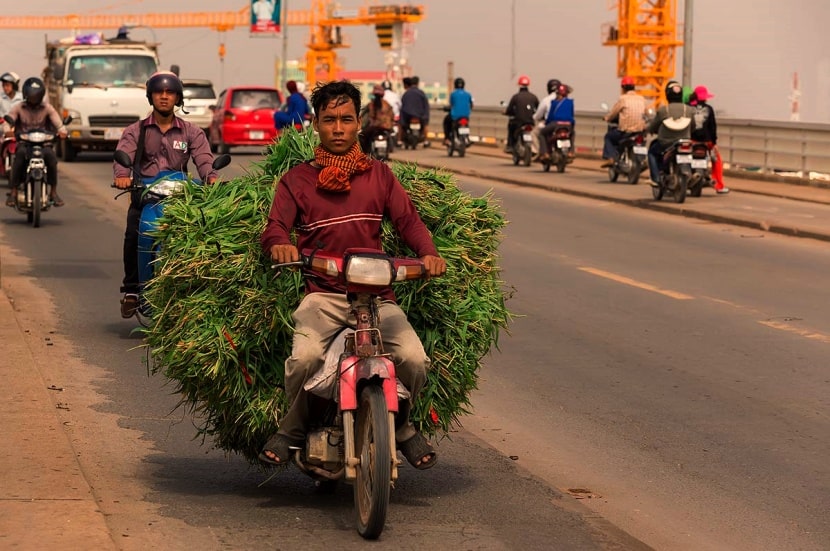
Insurance
If you are travelling in a tourist vehicle with a driver, then the car is usually insured. When it comes to motorcycles, many rental bikes are not insured, and you will have to sign a contract agreeing to a valuation for the bike if it is stolen. Make sure you have a strong lock and always leave the bike in guarded parking where available.
Do not even consider hiring a motorcycle if you are daft enough to be travelling in Cambodia without medical insurance. The cost of treating serious injuries, especially if you require an evacuation, is bankrupting for budget travelers.
Road Conditions & Hazards
Whether travelling or living in Cambodia, it is easy to lull yourself into a false sense of security and assume that down every rural road is yet another friendly village. However, even with the demise of the Khmer Rouge, odd incidents of banditry and robbery do occur in rural areas. There have also been some nasty bike-jackings in Sihanoukville. When travelling in your own vehicle, and particularly by motorcycle in rural areas, make certain you check the latest security information in communities along the way.
Be particularly careful about children on the road, as you’ll sometimes find kids hanging out in the middle of a major highway. Livestock on the road is also a menace; hit a cow and you’ll both be pizza.
Other general security suggestions for those travelling by motorcycle:
- Try to get hold of a good-quality helmet for long journeys or high-speed riding.
- Carry a basic repair kit, including some tyre levers, a puncture-repair kit and a pump.
- Always carry a rope for towing on longer journeys in case you break down.
- In remote areas always carry several litres of water, as you never know when you will run out.
- Travel in small groups, not alone, and stay close together.
- Don’t be cheap with the petrol, as running out of fuel in a rural area could jeopardise your health, especially if water runs out too.
- Do not smoke marijuana or drink alcohol and drive.
- Keep your eyes firmly fixed on the road; Cambodian potholes eat people for fun.
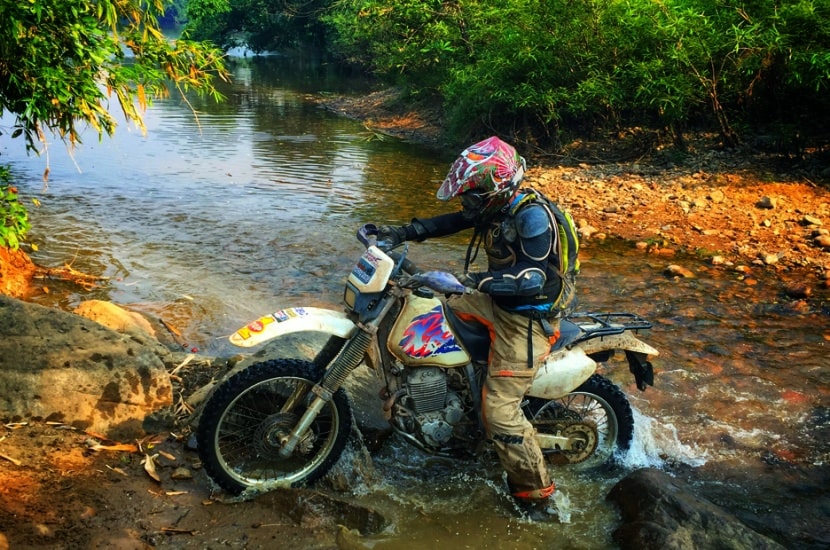
Road Rules
If there are road rules in Cambodia it is doubtful that anyone is following them. Size matters and the biggest vehicle wins by default. The best advice if you drive a car or ride a motorcycle in Cambodia is to take nothing for granted.
In Cambodia traffic drives on the right. There are some traffic lights at junctions in Phnom Penh, Siem Reap and Sihanoukville, but where there are no lights, most traffic turns left into the oncoming traffic, edging along the wrong side of the road until a gap becomes apparent. For the uninitiated it looks like a disaster waiting to happen, but Cambodians are quite used to the system. Foreigners should stop at crossings and develop a habit of constant vigilance. Never assume that other drivers will stop at red lights; these are considered optional by most Cambodians, especially at night.
Phnom Penh is the one place where, amid all the chaos, traffic police take issue with Westerners breaking even the most trivial road rules. Make sure you don’t turn left at a ‘no left turn’ sign or travel with your headlights on during the day (although, strangely, it doesn’t seem to be illegal for Cambodians to travel without headlights at night). Laws requiring that bikes have mirrors and that drivers (not passengers, even children) wear helmets, are being enforced around the country by traffic police eager to levy fines. Foreigners are popular targets.
Fuel & Spare Parts
Fuel is relatively expensive in Cambodia compared with its neighbor countries such as Thailand or Vietnam. Fuel prices are generally much higher in central Phnom Penh and Siem Reap (4000r to 5000r, or US$1 to US$1.25, per litre) than elsewhere because of high rents. Highway petrol stations in the provinces are a good bet for cheap fuel (as low as 3000r per litre for gasoline, or 2200r per litre for diesel).
Fuel is readily available throughout the country. Even the most isolated communities usually have someone selling petrol out of Fanta or Johnnie Walker bottles. Some sellers mix this fuel with kerosene to make a quick profit, so use it sparingly, in emergencies only.
When it comes to spare parts, Cambodia is flooded with Chinese, Japanese and Korean motorcycles, so it's easy to get parts for Honda, Yamaha or Suzuki, but finding a part for a specialist make is another matter. The same goes for cars. Spares for Japanese cars are easy to come by, but if you are driving something obscure, bring substantial spares.
